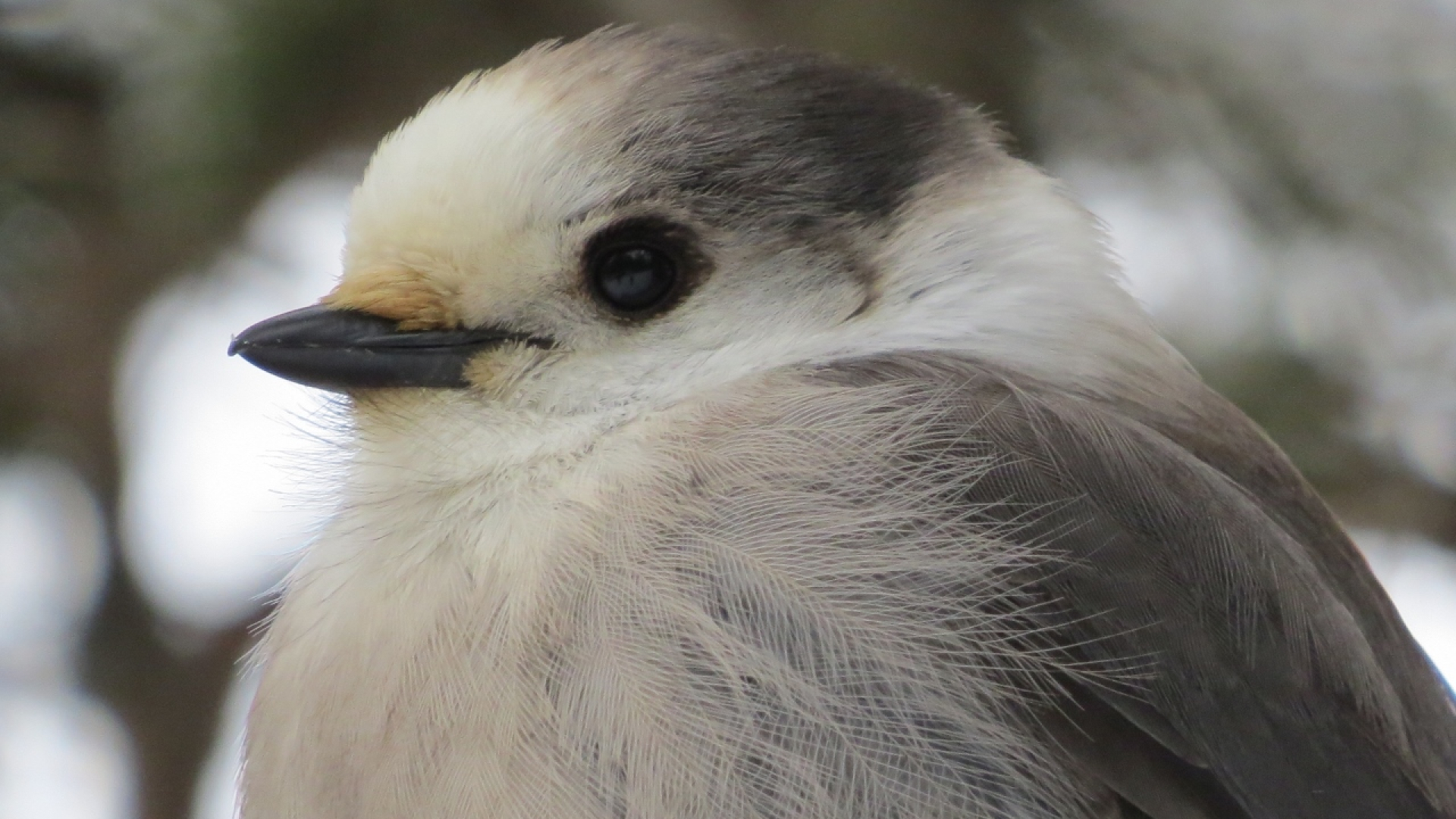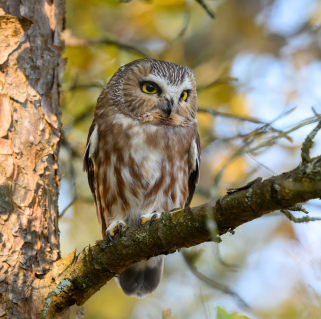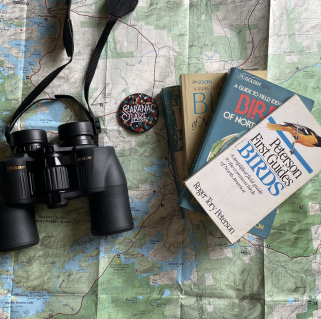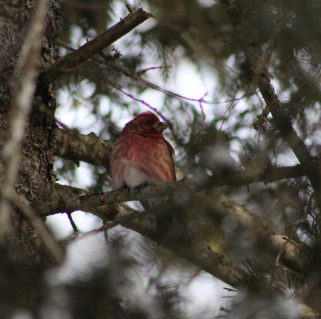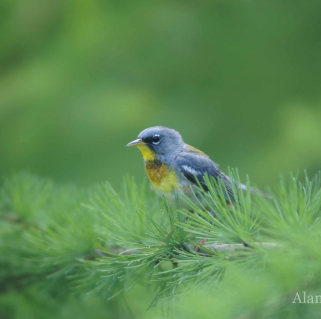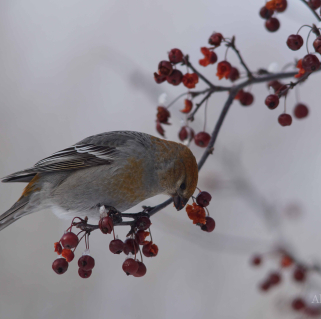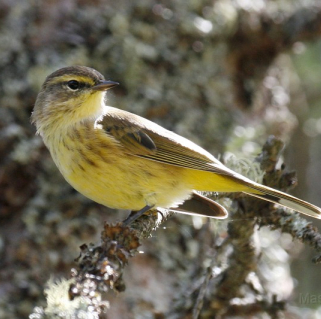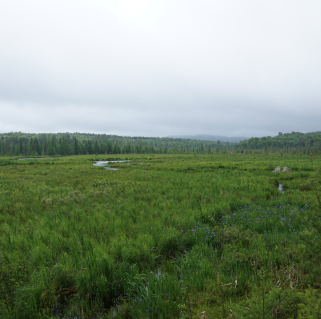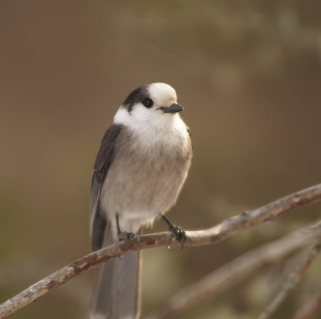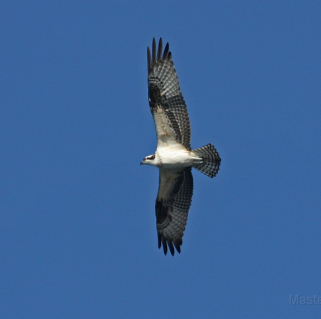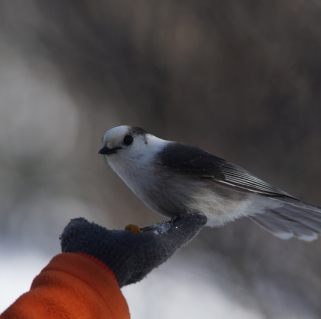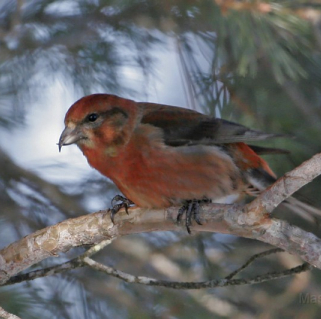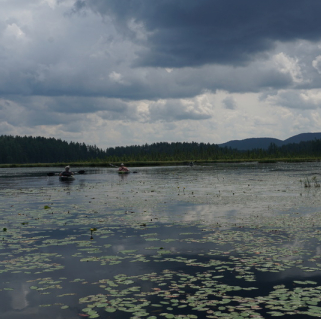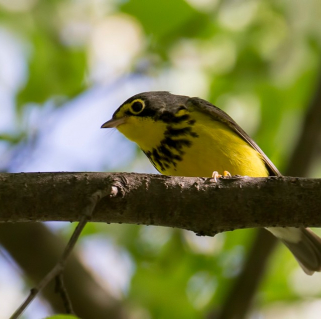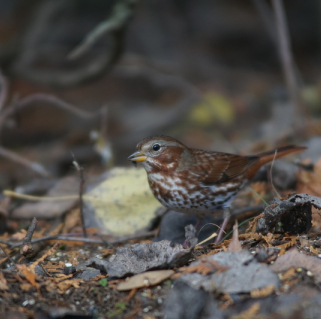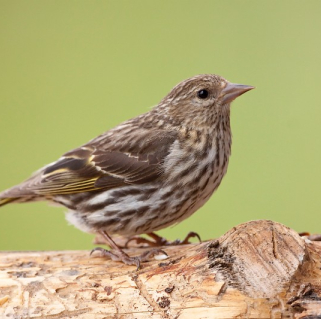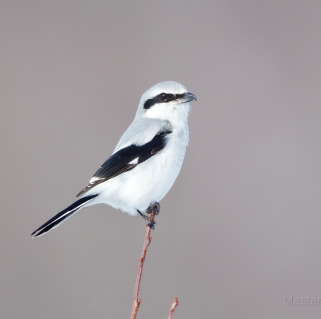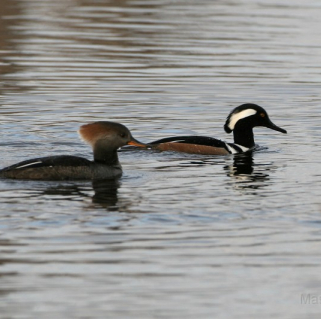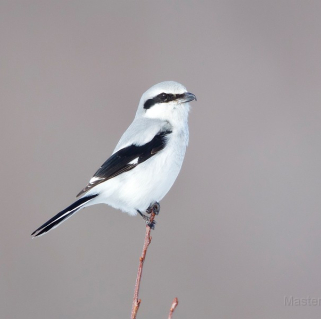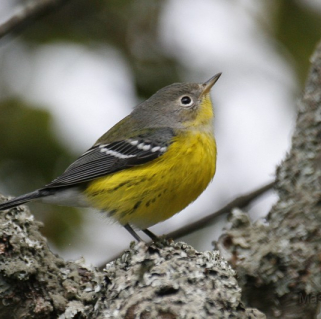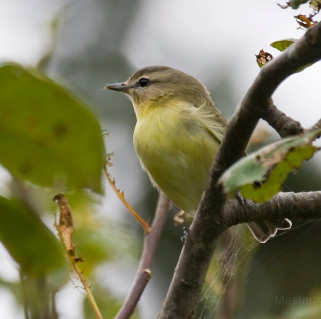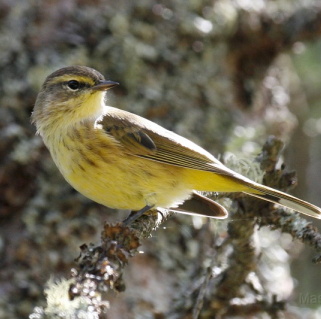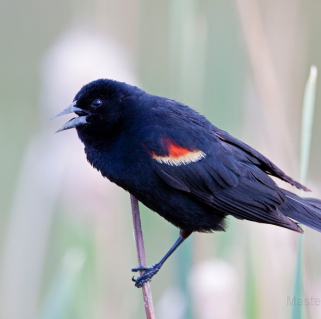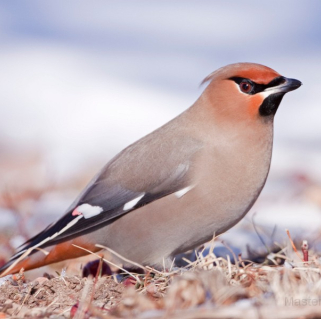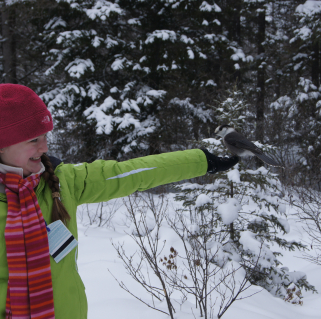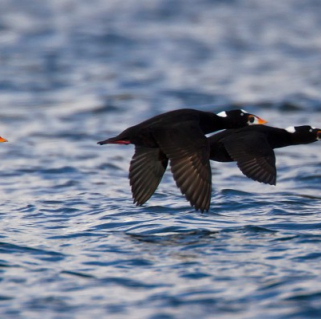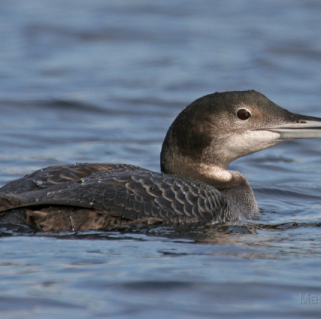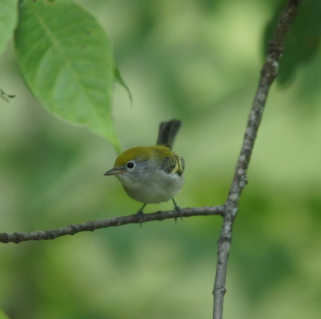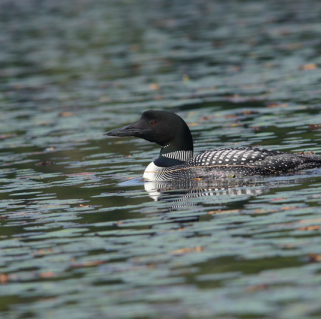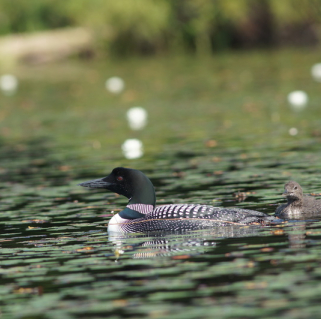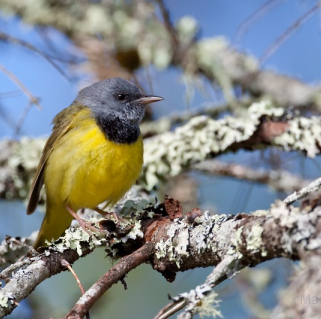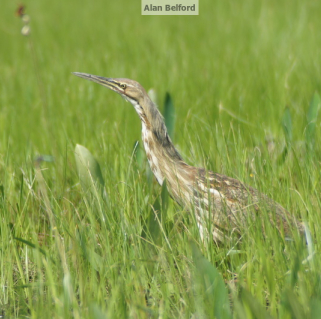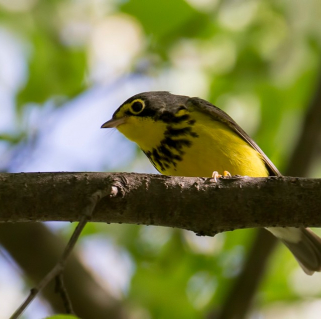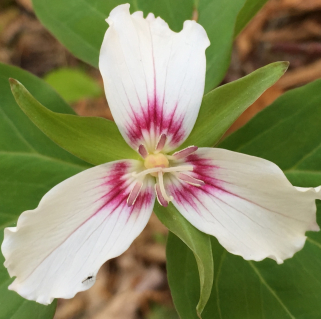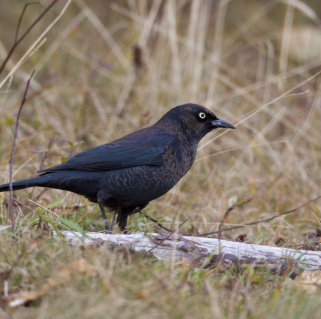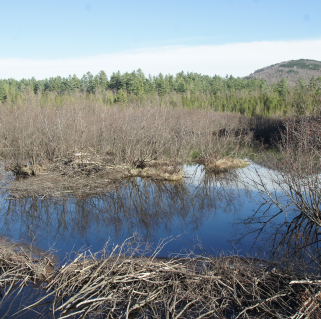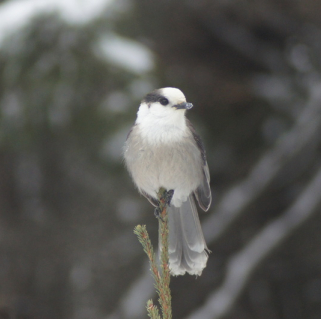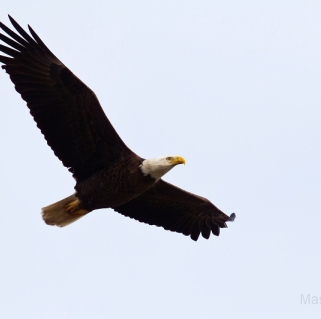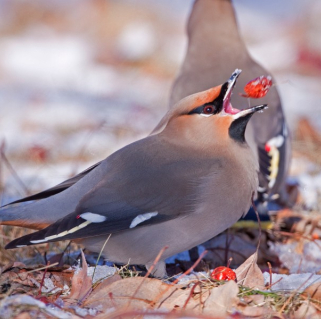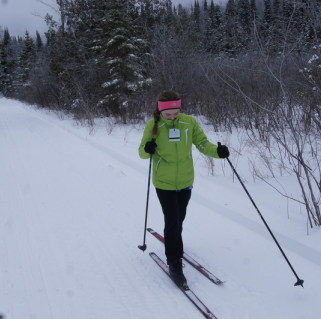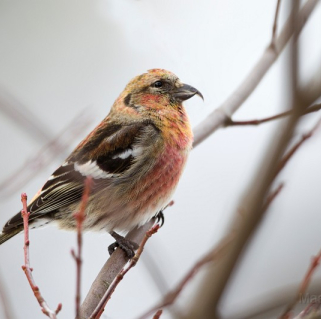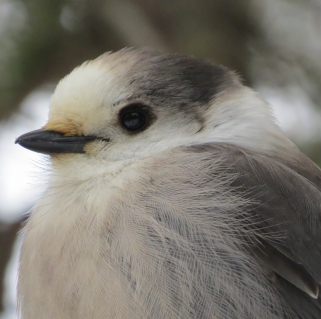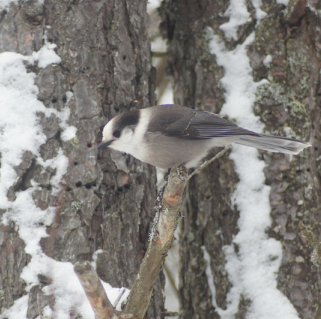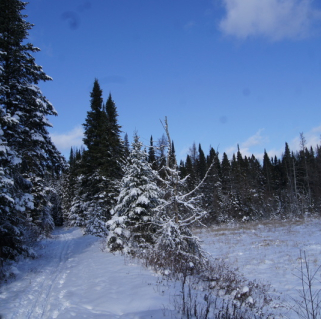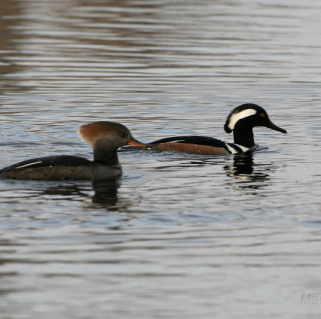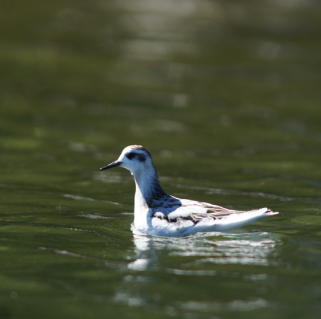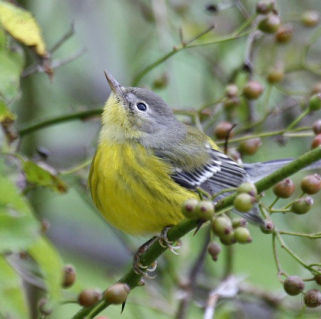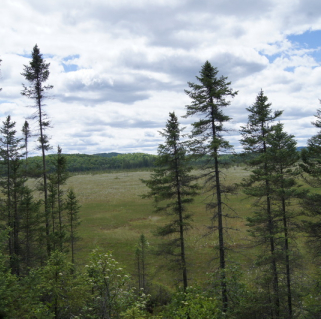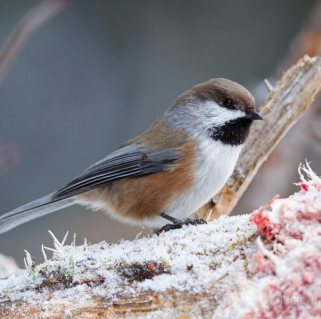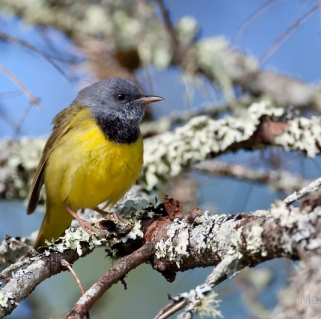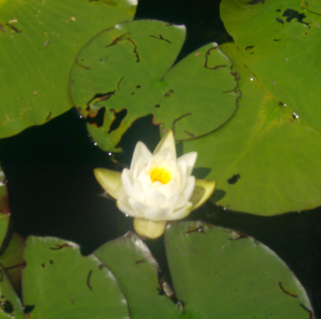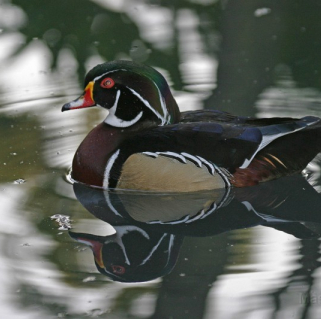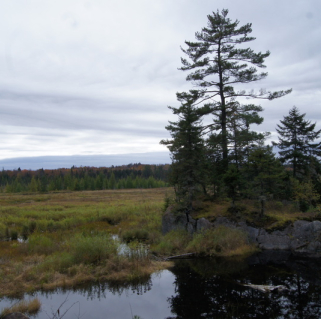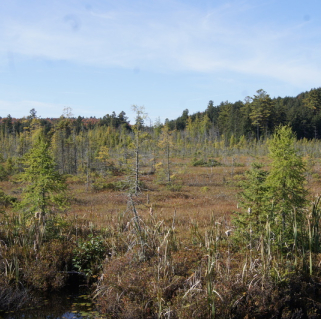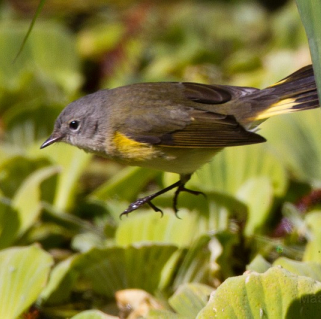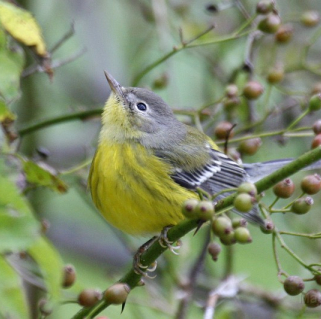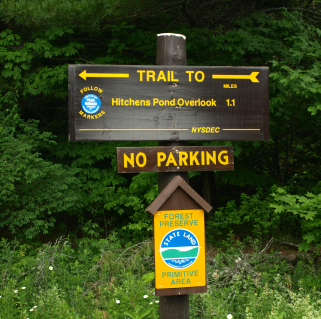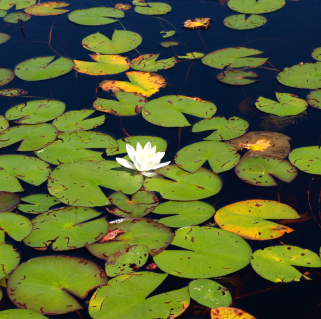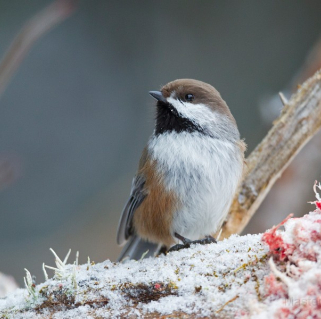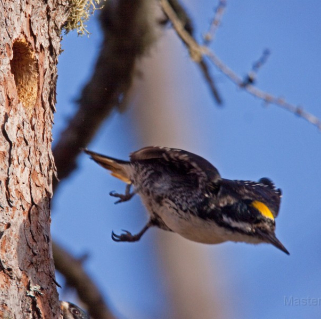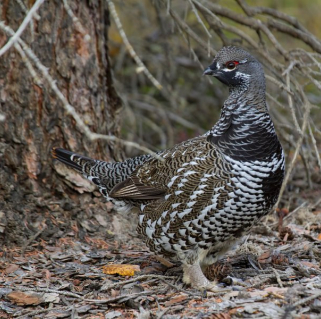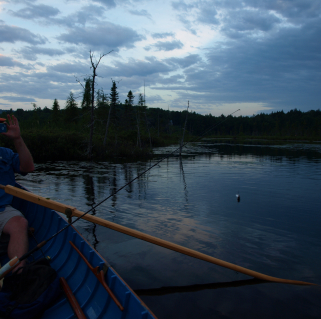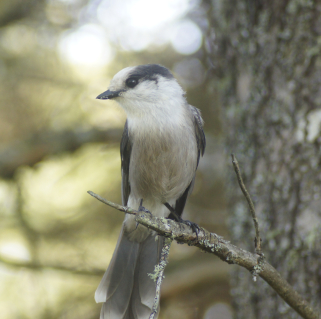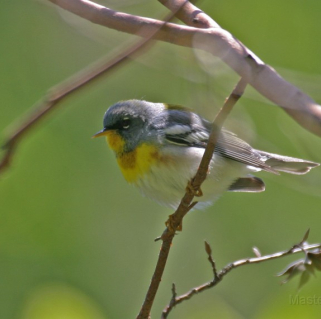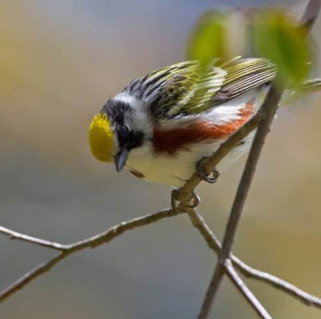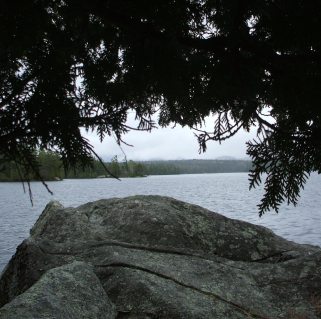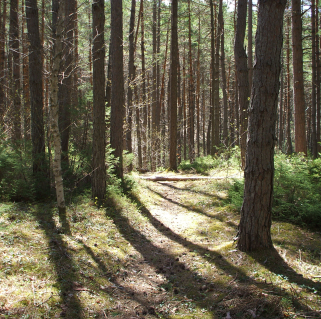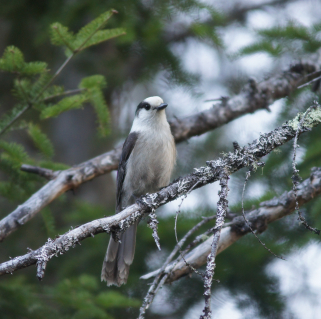Joan Collins
January 08, 2015
The “Side Hunt”
Before 1900, birders took part in a holiday tradition called the Christmas “Side Hunt”. People would choose sides and head into the field with guns to see which group could bring back the most birds! Much of the nineteenth century saw ornithologists using guns not binoculars. If you wanted to see a bird, you picked up a gun and shot it.

Conservation Movement Begins
At the turn of the century (1900), the conservation movement was in its beginning stages. Concern grew about declining bird populations. Some species were nearly driven to extinction for the fashion industry. Hundreds of thousands of Snowy Egrets, owls, terns and other elegant birds were killed so that women’s hats could be adorned with their feathers.

After 1900, the number of Audubon Chapters grew and by 1918, the Migratory Bird Treaty Act was passed. This U.S. federal law protected birds, their feathers, eggs, and nests.
The Christmas Bird Count Begins
In 1900, Frank Chapman, an ornithologist and officer in the budding Audubon Society, suggested an alternative to the “Side Hunt”. He proposed a new holiday tradition called the “Christmas Bird Census” where participants would count birds rather than shoot them. So began the Christmas Bird Count (CBC). It is now the longest running citizen science project in the western hemisphere.
As you can see in the following graphs from National Audubon, the number of Christmas Bird Counts and participants has substantially increased since the first counts in 1900.


With over a century of Christmas Bird Count data, scientists can study the long term health and status of bird populations across North America. In the 1980s, the data documented a decline in wintering populations of American Black Ducks, and as a result, hunting pressure was reduced on this species. Recent data has documented dramatic range shifts due to climate change.
What is a Christmas Bird Count?
Each individual Christmas Bird Count (CBC) is defined by a circle of territory with a 15-mile diameter. The CBC count period runs from the middle of December to the beginning of January each year. Each individual count circle picks a date within that range for a 24-hour count period. A compiler for the count breaks the territory up and assigns parts to groups of birders to cover. Often, a dinner is held after the count so that participants can share their tallies. People that live within a circle’s territory often sign up to be “feeder watchers” for that particular day also.
The Saranac Lake Christmas Bird Count
The Saranac Lake CBC is one of several counts held in the Adirondacks. It spans Saranac Lake, Bloomingdale, Ray Brook, and Lake Placid. It is one of the longest running counts celebrating its 59th year on January 3, 2015! Larry Master has been the compiler of the Saranac Lake CBC for 40 years.
I have been participating in the Saranac Lake CBC for about 15 years. There are many ways to take part – some people count along roadways by car, some ski or snowshoe trails, some hike along roadways, and people who live inside the count territory can be feeder watchers. As a result of warming winters, Larry Master usually kayaks the Saranac River each year now. I have always covered the boreal sections of Bloomingdale by foot, skis, or snowshoes, depending on conditions. This year, we were able to cover our area by bare booting.
The important search for Black-backed Woodpeckers in our boreal territory has led to many comical moments over the years. If you hear tapping, you actually need to see the bird to make sure it isn’t a Hairy or Pileated Woodpecker. There have been winters where it truly feels as if we are swimming through thigh deep snow on long bushwhacks to get a view of the tapping bird. One year, I heard very distant tapping and the snow conditions were very deep. It was also 10 degrees and windy. I told my partner, Sean O’Brien, that we needed to get ready for a long, unpleasant bushwhack in thick habitat. Instead, Sean let out a really loud Barred Owl imitation and the Black-backed Woodpecker immediately flew right to us!
This year, David Buckley and I covered the usual boreal sections of Bloomingdale. One of the fun parts of the count is finding many tame Gray Jays. David was thrilled to have several Gray Jays landing in his hand for raisins!

Owling
CBC participants can also go owling within the 24 hour count period. Each year, I go owling during the night before we begin the daytime counting at 7 a.m. We search for 3 owls species: Barred, Great Horned, and Northern Saw-whet Owls. This year, owling was a chilly experience at 6 below zero. No one tallied any owls this year during the Saranac Lake CBC, which happens in winters with low food sources.
A couple years ago, my longtime owling partner, Sean O’Brien, and I counted on New Year’s Eve. I told him that if I had a million dollars that I would bet we would encounter the police during the night. Well, I could have made a lot of money that night. We had just driven slowly through Saranac Lake at 4 a.m., where hundreds of people were still milling around the sidewalks and roads. We stopped past the hospital to play an owl tape when police lights flashed behind our car - the police pulled up next to my window and asked what we were doing. I started to talk about counting owls and the Christmas Bird Count thinking all the while that I must sound crazy! So I said, “This must sound crazy.” The police responded, “Lady, you two are the sanest people we’ve talked to all night!” They were quite interested in what owl species we had found and asked lots of questions.
During another year, Sean and I had just finished owling and we were waiting for another birder to join us at the Bloomingdale Bog Trailhead for the daytime counting. Sean does audio recordings for the Cornell Lab of Ornithology and he had recently recorded a Great Horned Owl. He said he wanted to play it for me. As we listened to the recording, I saw something fly over my car’s sunroof in the dawn light. We got out of the car and found a Great Horned Owl perched next to the car. The hearing ability of owls is mind boggling, and I found it remarkable that the owl heard the recording even with the car windows up.

The Count Dinner
Larry Master holds a count dinner at his Lake Placid house every year. There is always a fascinating group of people that assemble to give their bird tallies. It is a fun social event that brings like-minded wildlife enthusiasts together.


It was a particularly quiet count this year with low numbers of many species due to a lack of winter food. There are always surprises each year. This year, Linda (Stick) LaPan and Carol Pinney found over 50 Red Crossbills feeding on White Pine cones in Lake Placid!

With more open water each year, waterfowl species are often tallied, along with Bald Eagles. Larry Master also found a Belted Kingfisher during his kayak trip.
How to Participate
If you would like to participate in a Christmas Bird Count, you can check the National Audubon website for counts in your area. Our local Northern New York Audubon chapter website lists all the counts in northern NY. Contact the count compiler and you will be assigned a territory within the circle. If you are a new birder, you will be teamed with an expert. It can be a great way for new birders and children to learn more about the winter birds around them.
We have some great resources to utilize while planning your birding trip. Visit one of our local shops to read more about regional wildlife or find some warm gear for your next expedition. Read more about local birding here, and be sure to check out some of our favorite winter snowshoe trails and hikes.
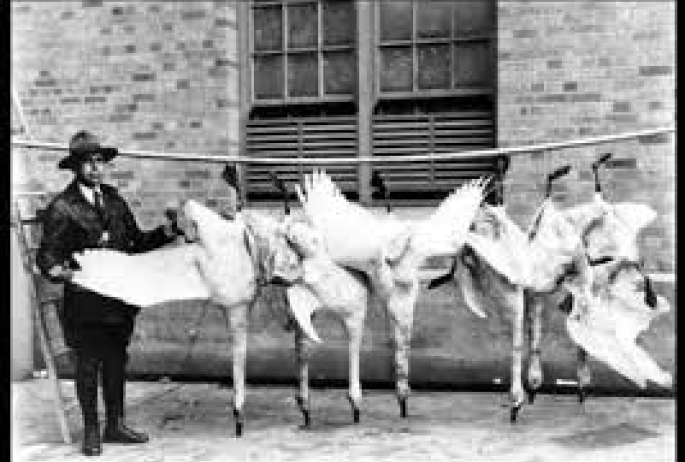

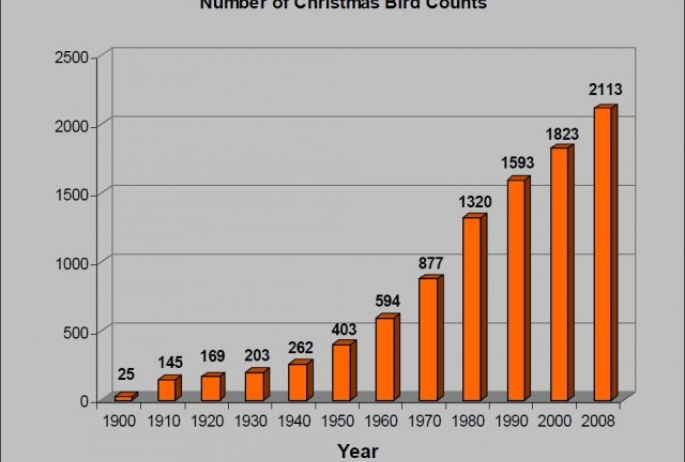
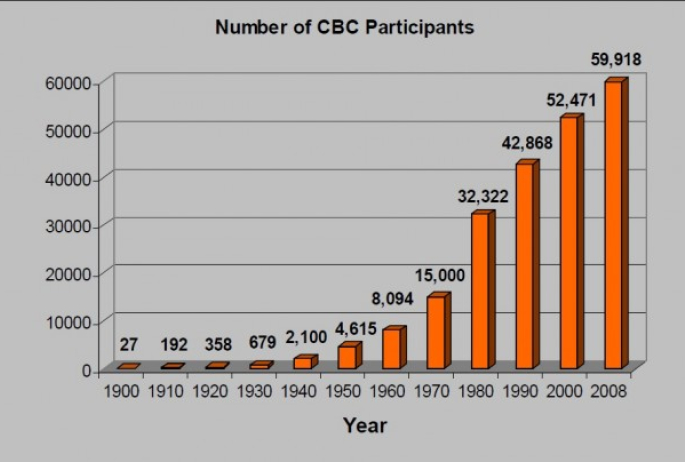
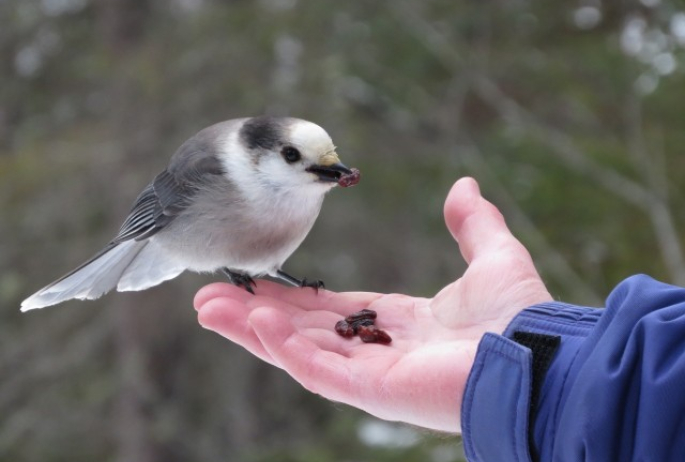
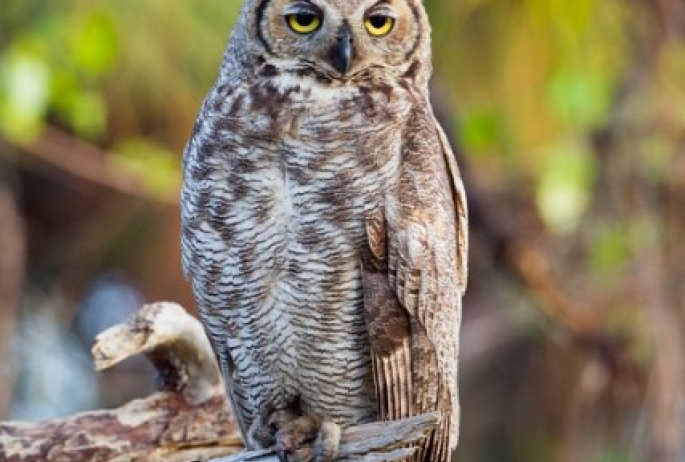

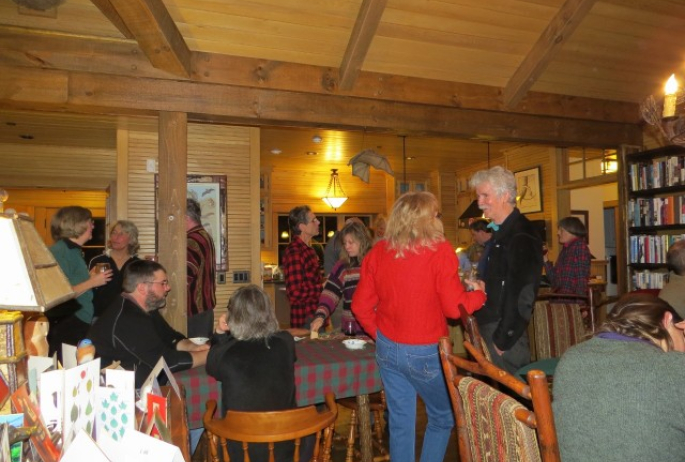
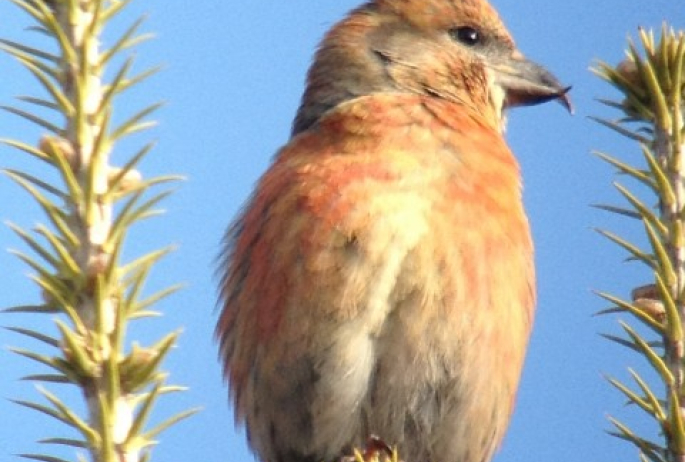
Packages and Promotions
Valid Jan. 21
- Jan. 21
Valid Jan. 21
- Jan. 21
Pet Getaway
Voco Saranac Lake
Your dog deserves an Adirondack getaway too. Book our pet friendly hotel near Lake Placid welcomes every member of your crew. Book our Pet Package...
